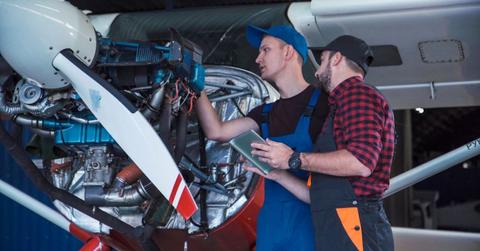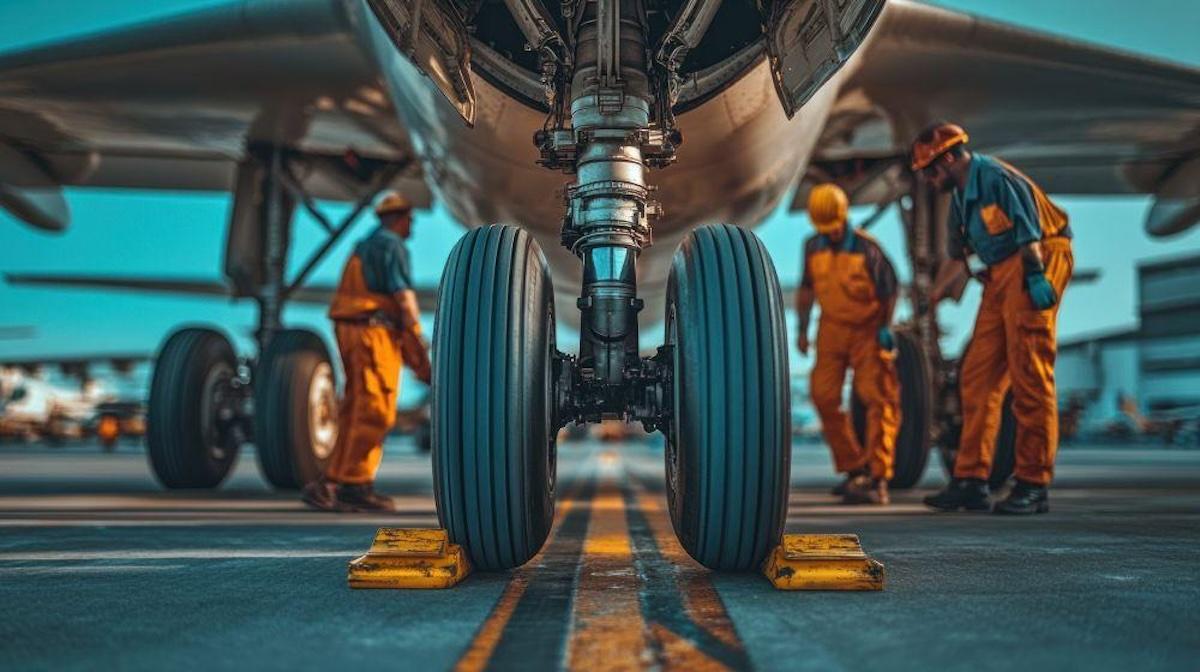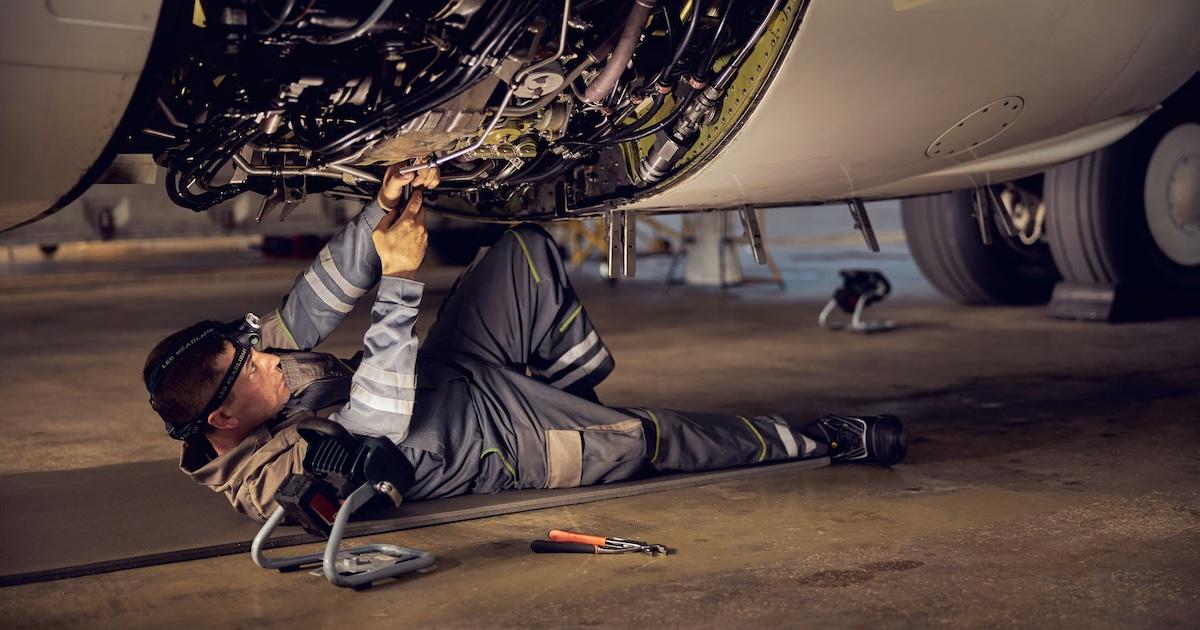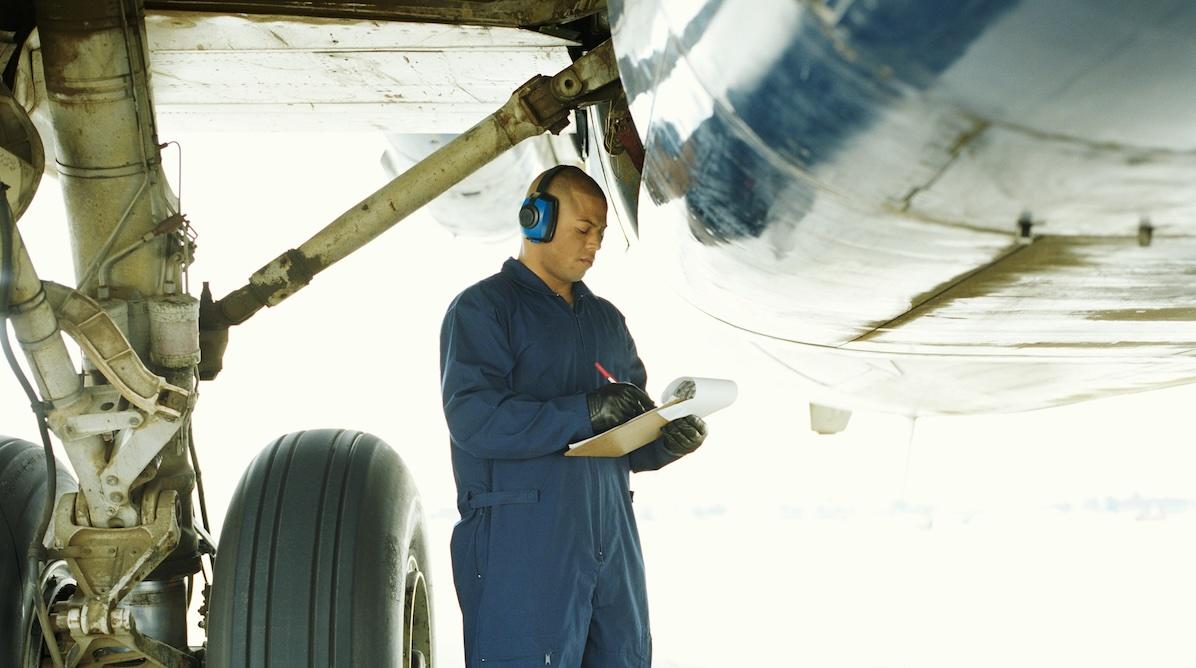Aircraft Maintenance Planning: 7 Infrastructure Mistakes to Avoid
A good aircraft maintenance plan will keep every flight running safely and efficiently. Avoiding these mistakes can save time and prevent costly setbacks.
Oct. 29 2025, Published 4:27 p.m. ET

Ready to soar into a world where aircraft stay safe, systems run smoothly, and flight delays are just a bad dream? Well, the secret is in flawless maintenance planning. It keeps your plane on schedule, crew working efficiently, and passengers safe.
But even the best aviation teams can make mistakes. One miscalculation, and you may have to deal with delays, compliance headaches, and expensive repairs.
So, what are some of the mistakes your maintenance team can make? And how can you avoid them? Let's find out!
1. Neglecting Hangar Infrastructure and Facility Quality
One of the most common mistakes is neglecting the infrastructure itself. A poorly designed hangar can lead to bottlenecks. It can also create safety risks and unnecessary wear on your aircraft.
To avoid this, you need to invest in quality materials. Durable flooring, proper ventilation systems, and climate control protect sensitive components from temperature swings and moisture damage.

The hangar structure itself matters just as much. In fact, a high-quality, well-designed hangar is essential for the longevityof your aircraft. It provides the necessary protection and environment for complex, routine work. Ignoring this aspect of aircraft maintenance can lead to serious moisture issues that need costly repairs.
2. Dependence on Manual Processes
Traditional methods have their place. But leaning entirely on manual systems may not be a good idea.
Modern aviation solutions can speed things up. Digital tracking systems and predictive maintenance software make planning faster and reduce mistakes. This makes a huge difference!
Think about what happens in busy aircraft hangars. Your team may misplace paperwork all the time, especially when dealing with several aircraft models.
Digital tools solve this problem. They organize records, schedule checks, and send alerts when airframe or engine inspections are coming up.
However, you need to remember that technology doesn't solve everything. You should use it to support human expertise, not replace it. The right tools give technicians what they need to do their jobs better.
3. Skipping Pre-Maintenance Inspection
Most people think maintenance starts when you bring out the tools. But that's not really the case. The pre-maintenance inspection is the foundation of everything that follows.
This step helps aircraft technicians spot problems early. They can figure out which parts or systems need work before anything else. Skipping it can result in wasted time and overlooked issues with aircraft structures or landing gear.
For example, catching corrosion or wear before you start taking things apart can save you hours of troubleshooting. It's like reviewing your checklist before takeoff. You wouldn't skip that, would you? The same principle applies here. Make sure everything's ready before you commit to the work.
4. Overlooking Safety and Compliance
Your maintenance plan must meet aviation safety standards for it to be effective. If you skip proper documentation or ignore regulatory procedures, you'll be heading straight for compliance issues.
Every task needs to align with the rules. Inspecting aircraft engines? Follow manufacturer guidelines. Testing hydraulic systems? Stick to aviation authority requirements. There's no room for shortcuts here.

Consistent oversight makes a big difference too. Internal audits can catch problems early, and checklists keep teams on track. This prevents costly violations and keeps your operation trustworthy.
The bottom line? Compliance isn't optional in the airline industry. It's the baseline for everything else.
5. Poor Workflow Design
You can have skilled aircraft maintenance technicians on your team. But if your layout is a mess, repairs and inspections will drag. Good workflow design puts every process, tool, and person exactly where they need to be.
What happens when you get it wrong? Tools end up stored too far from work areas, and parts get scattered across the hangar. Technicians will waste time walking back and forth between stations. That adds up fast!
A well-organized aircraft maintenance facility needs dedicated zones. One for diagnostics, another for component storage, and a third one for testing.
When everything has its place, collaboration flows naturally. Technicians make fewer mistakes as they're not worn out or confused from hunting down what they need.
6. Skipping Utility and Energy Planning
Power, air, and water aren't the flashiest parts of a maintenance facility. But they're important. A poorly mapped utility system creates safety risks and limits what you can add later. When you're working with heavy equipment, reliable power sources and backup systems aren't optional.
Smart planning can be really helpful here. Map out electrical circuits, air lines, and drainage with long-term flexibility in mind. While at it, think about what you'll need in future, not just at the moment.
The right setup handles today's demands and adapts to tomorrow's changes. That's what good utility planning delivers.

7. Overlooking Team Training and Communication
You need a well-trained team for your maintenance plan to work well. Continuous training keeps aircraft maintainersupdated on new systems, materials, and engines.
That's the foundation. But technical skills alone won't cut it. Communication needs to be just as good.
What happens when communication breaks down? Misunderstandings between mechanics, engineers, and supervisors.
Picture this: someone changes a maintenance schedule and fails to share it clearly. Suddenly, airframe inspections get delayed or there's confusion about which diagnostic equipment is available.
The solution is simple. Open discussion keeps people talking. You can hold regular briefings to ensure everyone knows what's happening. Collaborative tools also help teams stay aligned. When information flows freely, the whole operation runs smoothly.
Wrapping Up
A good aircraft maintenance plan will keep every flight running safely and efficiently. Avoiding the above mistakes can save time and prevent costly setbacks. When your team stays trained, workflow organized, and systems compliant, maintenance becomes smoother and more predictable. In the end, careful planning builds lasting reliability in every flight operation.
